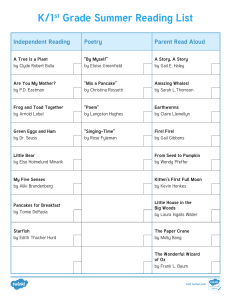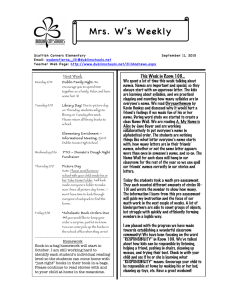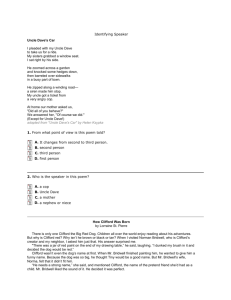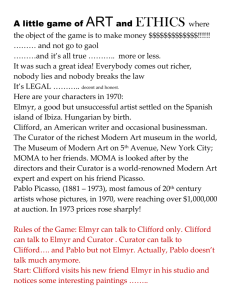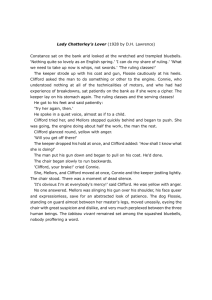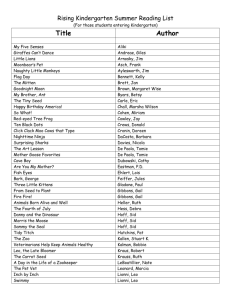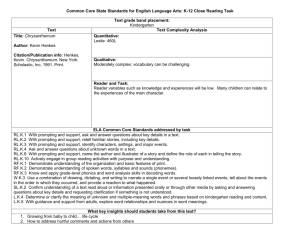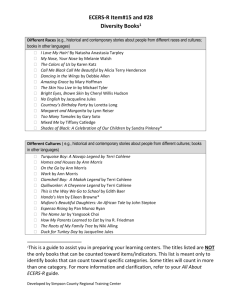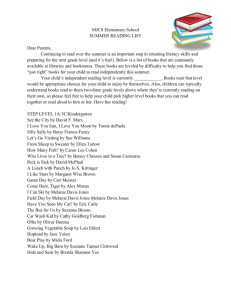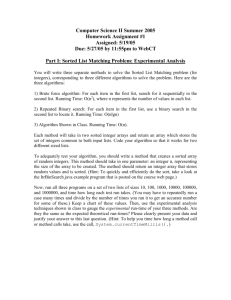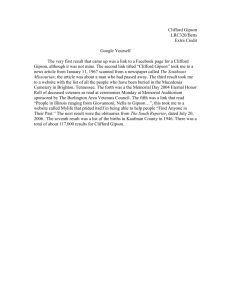Kindergarten Social Studies K.8
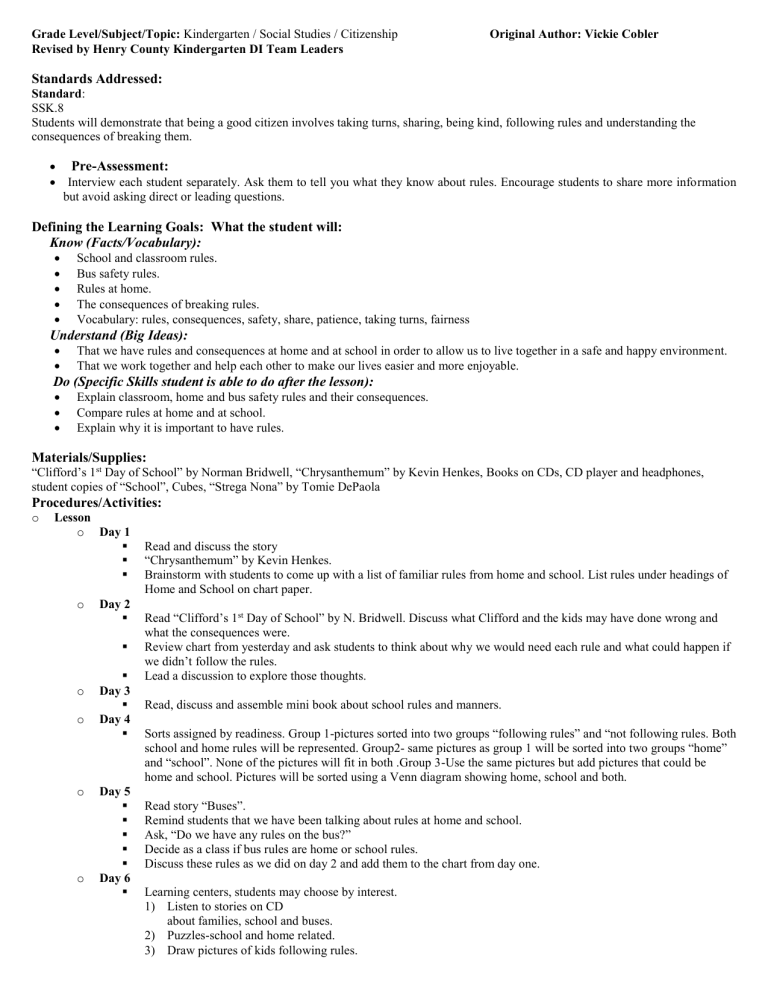
Grade Level/Subject/Topic: Kindergarten / Social Studies / Citizenship
Revised by Henry County Kindergarten DI Team Leaders
Standards Addressed:
Standard :
Original Author: Vickie Cobler
SSK.8
Students will demonstrate that being a good citizen involves taking turns, sharing, being kind, following rules and understanding the consequences of breaking them.
Pre-Assessment:
Interview each student separately. Ask them to tell you what they know about rules. Encourage students to share more information but avoid asking direct or leading questions.
Defining the Learning Goals: What the student will:
Know (Facts/Vocabulary):
School and classroom rules.
Bus safety rules.
Rules at home.
The consequences of breaking rules.
Vocabulary: rules, consequences, safety, share, patience, taking turns, fairness
Understand (Big Ideas):
That we have rules and consequences at home and at school in order to allow us to live together in a safe and happy environment.
That we work together and help each other to make our lives easier and more enjoyable.
Do (Specific Skills student is able to do after the lesson):
Explain classroom, home and bus safety rules and their consequences.
Compare rules at home and at school.
Explain why it is important to have rules.
Materials/Supplies:
“Clifford’s 1 st Day of School” by Norman Bridwell, “Chrysanthemum” by Kevin Henkes, Books on CDs, CD player and headphones, student copies of “School”, Cubes, “Strega Nona” by Tomie DePaola
Procedures/Activities:
o Lesson o Day 1
Read and discuss the story
“Chrysanthemum” by Kevin Henkes.
Brainstorm with students to come up with a list of familiar rules from home and school. List rules under headings of
Home and School on chart paper. o Day 2
Read “Clifford’s 1 st Day of School” by N. Bridwell. Discuss what Clifford and the kids may have done wrong and what the consequences were.
Review chart from yesterday and ask students to think about why we would need each rule and what could happen if we didn’t follow the rules.
Lead a discussion to explore those thoughts. o Day 3
Read, discuss and assemble mini book about school rules and manners. o Day 4
Sorts assigned by readiness. Group 1-pictures sorted into two groups “following rules” and “not following rules. Both school and home rules will be represented. Group2- same pictures as group 1 will be sorted into two groups “home” and “school”. None of the pictures will fit in both .Group 3-Use the same pictures but add pictures that could be home and school. Pictures will be sorted using a Venn diagram showing home, school and both. o
Day 5
Read story “Buses”.
Remind students that we have been talking about rules at home and school.
Ask, “Do we have any rules on the bus?”
Decide as a class if bus rules are home or school rules.
Discuss these rules as we did on day 2 and add them to the chart from day one. o Day 6
Learning centers, students may choose by interest.
1) Listen to stories on CD about families, school and buses.
2) Puzzles-school and home related.
3) Draw pictures of kids following rules.
and/or helping oth
4) Glue or draw pictures on a
Do / Don’t Do Chart.
5) On a provided worksheet, color the children who are following the rules o
Day 7
Read “Strega Nona” by Tomie DePaola.
Begin a discussion by asking students what happened in the story. Ask what type of rules were in the story, were the rules followed? What was Big Anthony supposed to be doing? What were the consequences of not following the rules?
Have students draw a picture of their favorite part of the story and dictate a sentence about it. o Day 8
Small groups
Cubing - Roll cube and the teacher will read the instructions for the student.
Tasks:
1.
Name a school rule and tell why it is important.
2.
Name a home rule and explain why it is important
3.
Name a rule that applies to both home and school.
4.
Choose a partner to help act out a school rule and have other students guess which rule it is.
5.
Explain why you think rules are important.
6.
If you had just one rule at home or school, what would it be and why?
7.
Teacher reads a scenario and student explains how a rule is or isn’t being followed.
8.
Describe one way you could help at home.
9.
Describe one way you could help at school.
10.
Describe one way you could help a friend and tell why you would want to. o Day 9
Gather students to talk about things they have learned during this unit.
Guide students to make a list of Classroom rules to be posted in the room. Review the reasons we have rules and help students to keep the list manageable. As the authors of this list, students may sign the bottom of the poster.
(If) Differentiated Instruction:
What? Content Process Product
How? Readiness Interest Learning Profile
Why (What prompted you to differentiate in this way)?
Based on pre-assessment given before concept taught
